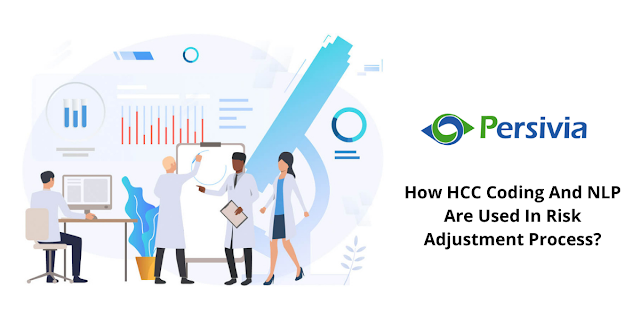How HCC Coding And NLP Are Used In Risk Adjustment Process?
When it comes to buying a vehicle or a fashionable dress, the old
cliché "you get what you pay for" may be true, but not when it comes
to healthcare. The Affordable Care Act (ACA) assures that health coverage
providers no longer provide relatively low coverage schemes to fit individuals
who see the doctor infrequently, and that they just do not refuse or
misrepresent insurance coverage for sick patients.
Healthcare organizations all over the world are adopting the Risk Adjustment Solution to gain more precise data and analytics in order to
meet the new requirements of value-based care.
What Do You Know About the HCC Coding?
HCC refers to Hierarchical Condition Categories, a Risk
Adjustment (RA) method of analysis that's been around for a while but
received more attention once Medicare Advantage Plans commenced demanding RAF
rankings for financial compensation. Every coding executive, as well as every
industry payer, is aware of the issue now. One requires a fundamental
understanding of Risk Adjustment to properly understand the potential of HCC
Coding, and vice versa.
Risk Adjustment is the "Real Hero" of healthcare payment
systems, calculating each patient's risk level and allocating a significant
chunk of money to his or her hospital attention, intervention, and precise care
delivery.
Can You Guess What are HCCs?
CMS uses HCCs to reimburse Medicare Advantage plans based on the
health of their members. It manages reimbursements based on demographic data
and patient medical conditions in order to adequately compensate for patient
populations’ expected financial expenditures. Claimants and clinical notes
obtained by health clinics, inpatient hospital encounters, and outpatient care
are used to evaluate the risk.
How do HCCs function?
Various health conditions and diseases are classified into bodily
functions or illness processes that are comparable. The following are the top
HCC categories:
a)
Bipolar and major depressive illnesses/disorders.
b)
Asthma and pulmonary illness/conditions
c)
Diabetes
d)
Arrhythmias of the heart
e)
Congestive Heart Failure
f)
Cancers of the breast and prostate
g)
Rheumatoid arthritis that affects the joints
h)
Colorectal, breast, and kidney diseases
To be successful with HCC Coding, the healthcare insurance
companies must document any diagnoses that influence the patient's assessment,
care, and therapeutic interventions, including co-existing diseases, chronic
health conditions, and therapies provided.
Implementing NLP Within Risk Strategies
Natural language processing (NLP)
is used by leading healthcare companies to emerge and detect previously
forgotten or miscoded medical conditions. By using structured and unstructured
datasets, the NLP provides insights and increases the level of accuracy
and consistency of documentation.




Comments
Post a Comment